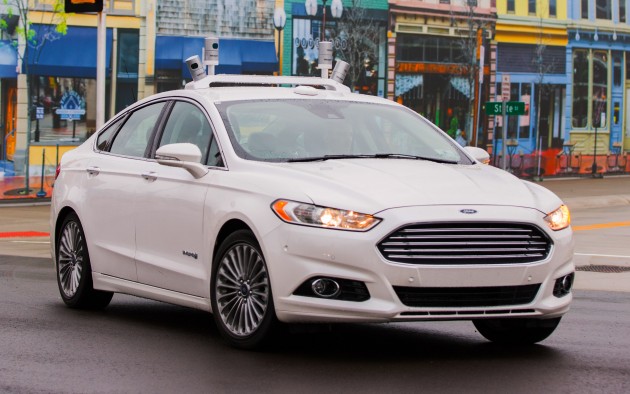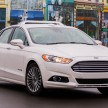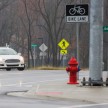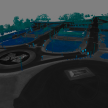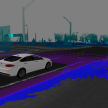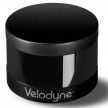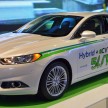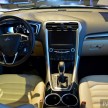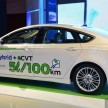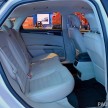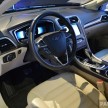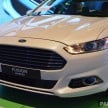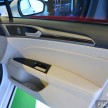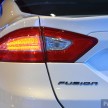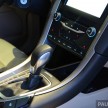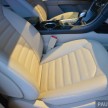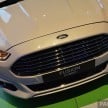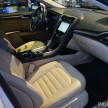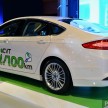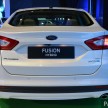It’s the next frontier in automotive technology – the stage is set for an autonomous driving arms race, as carmakers compete against each other to see who will build the first production self-driving car, with many already announcing to build one before the end of the decade. Ford has announced that it will triple its fully-autonomous vehicle fleet to further accelerate the development of its autonomous driving technology.
The Blue Oval is adding another 20 units of the Ford Fusion Hybrid (known to us as the Mondeo) – built on the company’s third-generation autonomous vehicle development platform – and the fleet will hit the roads of California this year. The move is part of Ford’s Smart Mobility strategy for the advancement of connectivity, mobility, autonomous vehicles, customer experience and data and analytics.
“Using the most advanced technology and expanding our test fleet are clear signs of our commitment to make autonomous vehicles available for millions of people,” said Ford executive vice president of global product development and chief technical officer Raj Nair. “With more autonomous vehicles on the road, we are accelerating the development of software algorithms that serve to make our vehicles even smarter.”
The new cars will utilise the latest version of Velodyne’s laser-based lidar sensors, the Solid-State Hybrid Ultra Puck Auto, to create a real-time three-dimensional image of the car’s surroundings – as the name suggests, it’s a puck-shaped device that is small enough to be fitted, for instance, on the wing mirrors.
The sensors have a longer range of up to 200 m, making them the first car-specific lidar sensors to be able to handle different driving scenarios. Such capabilities will help accelerate the development and validation of Ford’s virtual driving software, the central brain.
The design of the sensors also allows them to reduce the amount of sensors on the cars from four to two, yet collect the same amount of information thanks to a more targeted field of view. Also fitted are supplemental features and duplicate wiring for power, steering and brakes, as backups in case of failure.
Ford’s experience with autonomous vehicles dates back more than a decade to the days of the US Defense Advanced Research Projects Agency (DARPA) Grand Challenge, a competition for autonomous vehicles – Ford participated in the 2005 and 2007 editions.
The company was one of the first to use Velodyne’s sensors, fitted to a Ford F-250 Super Duty for the challenges – the second-generation Fusion Hybrid models were introduced later in 2013, using a smaller but more advanced Velodyne LiDAR HDL-32E sensor.
- Ford is accelerating testing of its Fusion Hybrid Research Vehicle as the first automaker to test a fully autonomous vehicle at Mcity, the world’s first full-scale simulated urban environment at University of Michigan.
- Ford is accelerating testing of its Fusion Hybrid Research Vehicle as the first automaker to test a fully autonomous vehicle at Mcity, the world’s first full-scale simulated urban environment at University of Michigan.
Looking to sell your car? Sell it with Carro.

